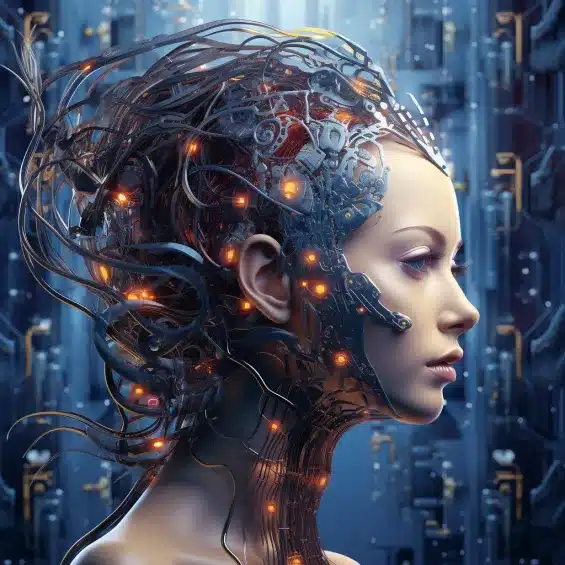
Can AI Creativity Match Human Creativity?
AI And Human Creativity: Recent advancements in AI have led to outperforming humans in various tasks. Can it measure up to human creativity? This question has been hotly debated by experts.
AI systems can use massive data sets, learn patterns, and produce creative outputs. From painting masterpieces to composing symphonies, AI algorithms have achieved impressive results. However, some argue that true creativity requires emotions, experiences, and a deeper understanding of the world, which machines lack.
AI can generate creative outputs, but it’s a distinct type of creativity. Human creativity relies on emotional intelligence, intuition, and a holistic perspective. – AI researcher Dr. Emily Stevens.
According to Dr. Stevens, AI’s creativity requires algorithmic methods such as neural networks and statistical models. It lacks the intrinsic motivation and passion that fuel human creativity. Although machines can analyze and implement styles, they struggle to innovate and push the boundaries of art.
However, AI-generated art is now found in galleries, auctions, and museums worldwide. Critics applaud the unique blend of human and machine creativity, but some worry about it devaluing traditional art forms.
Proponents believe AI can enhance human creativity rather than replace it. AI algorithms can analyze large amounts of data, identify trends, and help humans generate new ideas and directions. AI systems can inspire and aid creative processes for artists, musicians, and writers due to their fast processing speed.
However, AI’s data-based approach raises concerns about biases and limitations. These limitations emphasize the need for human involvement to ensure ethical and social balance in AI-generated creations.
While AI has shown impressive creative abilities, it still lags behind the multidimensional creativity of humans. AI’s potential lies in its ability to collaborate with humans, enhancing creativity and pushing the limits of possibility.
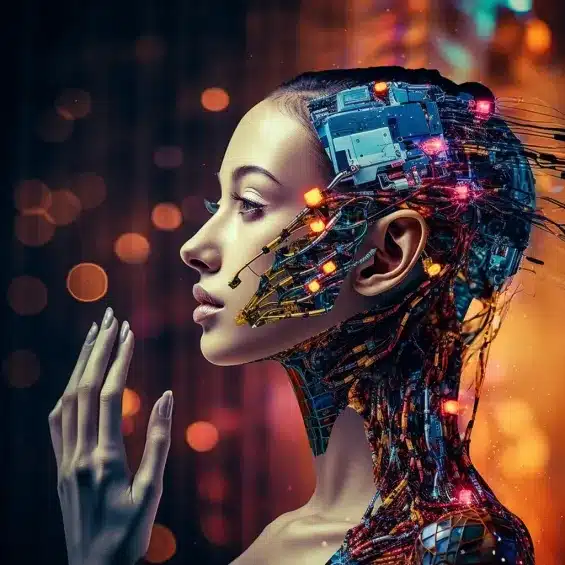
In what ways does AI’s creativity differ from human creativity?
AI creativity differs from human creativity in several ways:
1.Where Ideas Come From: Algorithms and data drive AI’s creativity, while feelings, experiences, and other factors influence people’s.
2. Originality: AI can only generate ideas by recognizing patterns and applying what it knows. It can generate new ideas by combining parts, but not beyond its programming. However, human creativity often involves original ideas that aren’t based on what we know.
3. Emotional and personal connections: AI lacks emotional intelligence and personal experiences, which can boost creativity. Personal relationships, emotions, and culture can inspire people. Creative expression becomes more personal and understandable.
4. Intention and Purpose: Programmers set goals and objectives for AI’s creativity. Computers lack creativity and motivation, unlike humans. People create art, music, and writing for self-expression and exploration.
5. Intuition and insight: People use their intuition to see connections and gain insights. AI uses logical algorithms and can’t make intuitive leaps or generate unusual ideas.
6. Understanding the Context: AI may struggle to understand the context of creativity, which may hinder its ability to understand some creative outputs. Emotionally aware people understand and appreciate the situation better.
7. Iterative Improvement: AI can quickly improve its creative outputs based on feedback and data analysis. People can improve their work, but it takes longer and more work to reach excellence.
Remember that AI’s creativity evolves. Deep learning and natural language processing are innovating AI creativity. However, AI and human creativity differ significantly.
What are the potential implications and limitations of AI reaching or surpassing human levels of creativity
As AI reaches or exceeds human creativity, societal and individual impacts and considerations arise. The main points:
Originality and authenticity:
AI-generated creativity may raise authenticity and originality concerns.
Distinguishing human-created from AI-generated content is difficult, raising IP, plagiarism, and copyright concerns.
Concerns about ethics:
AI systems may create unethical content.
AI-generated creations raise questions of responsibility, accountability, and harm.
Dependence on humans:
Heavy AI use for creative tasks may reduce human involvement and AI dependency.
This shift may affect human skills and creativity, reducing it.
Discrimination and bias:
AI algorithms often inherit biases from training data, perpetuating social discrimination.
Problems arise in art, media, advertising, and decision-making.
Emotions and Subjectivity:
Creative people use emotional intelligence, subjective judgment, and personal experiences.
AI systems may produce less emotional and contextually sensitive creative output since they lack these human traits.
Unexpected Results:
The AI system’s lack of understanding or context may lead to unintended meanings, interpretations, or outcomes in AI-generated content.
Cultural and artistic value:
Creative works created by AI may have different cultural and artistic value.
This perception may affect society, traditional artists, and creative communities’ acceptance of AI-generated content.
Human-AI Cooperation:
AI systems can boost creativity rather than replace it.
Balancing human and AI involvement is difficult.
Personal, social, and economic effects:
AI surpassing human creativity may affect creative industries, job markets, and employment.
Artists, writers, designers, and others who rely on creativity may face obstacles.
Long-term social impact:
Broad AI adoption in creative fields may change cultural narratives, public opinion, and ethics.
Given these implications and limitations, AI development in creative domains must be carefully regulated and monitored to ensure ethical standards, accountability, and a balanced coexistence between AI and human creativity.
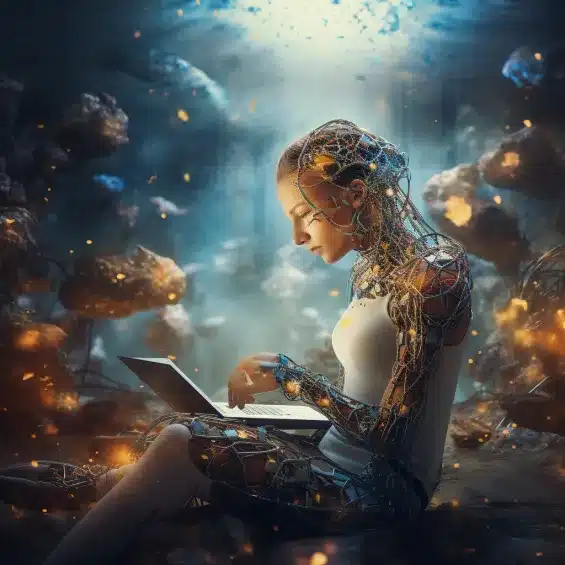
How is the concept of originality evaluated in AI-generated creative works versus human creative works?
AI-generated artworks’ originality is appraised distinctively from human-created ones due to varied methods. Human creativity gauges uniqueness within their field, considering novelty in ideas, expressions, or contributions compared to peers.
Creativity, originality, ingenuity, inspiration, perspective, intention, and cultural context are all taken into account during assessments. People’s knowledge, experiences, emotions, and perspectives all contribute to the creation of truly original works. Individuals make their own subjective assessments and comparisons to other works of art when deciding whether or not a piece of art is original.
The originality of such works is, however, judged in relation to the algorithms, data, and training models that went into their production. Important to the overall rating is the AI system’s ability to come up with original, unrepeated results. The input parameters, optimization strategies, and training data of AI algorithms allow them to learn to recognize patterns and produce output. They don’t have subjective experiences or personal interpretations like people do. Therefore, it is common practice to judge the originality of a piece generated by AI based on how much it departs from the training data or how well it generates novel combinations or outputs.
Legal safeguards for original creations, be it human or AI-generated, are crucial. Copyright laws protect expressive and reliable creative works universally.
Last but not least, understanding the algorithmic processes and the generation of the output is essential for evaluating the originality of creative works generated by AI. But judging originality in human creative works involves making an opinion and comparing it to previous work. Nevertheless, provided they meet the requirements, both can enjoy the protection of intellectual property laws.

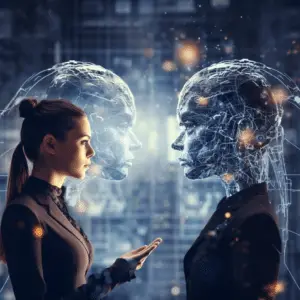


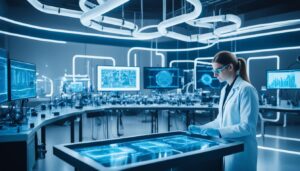


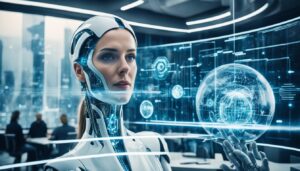

Your article helped me a lot, is there any more related content? Thanks!